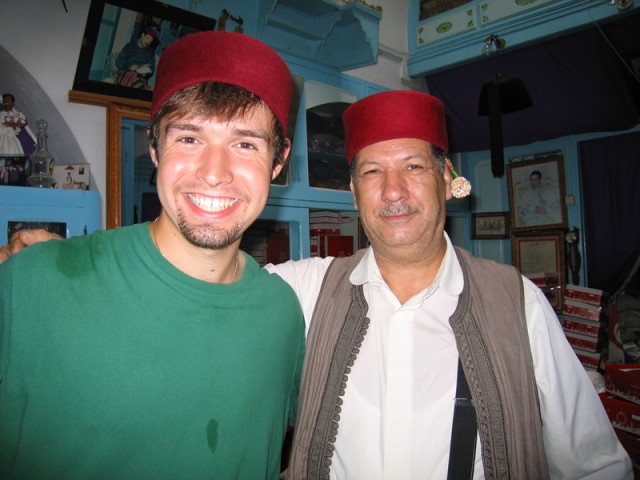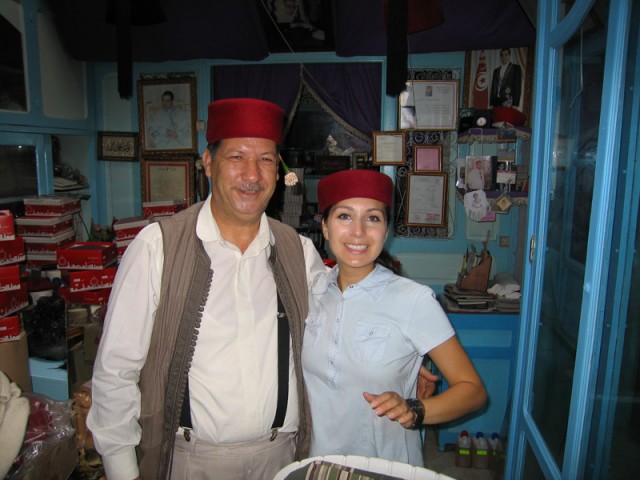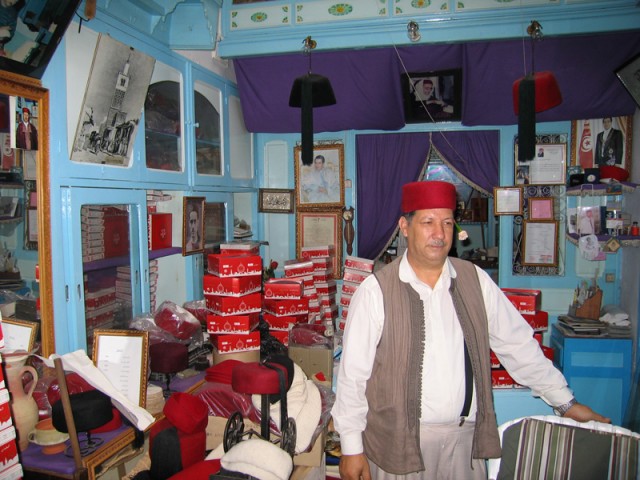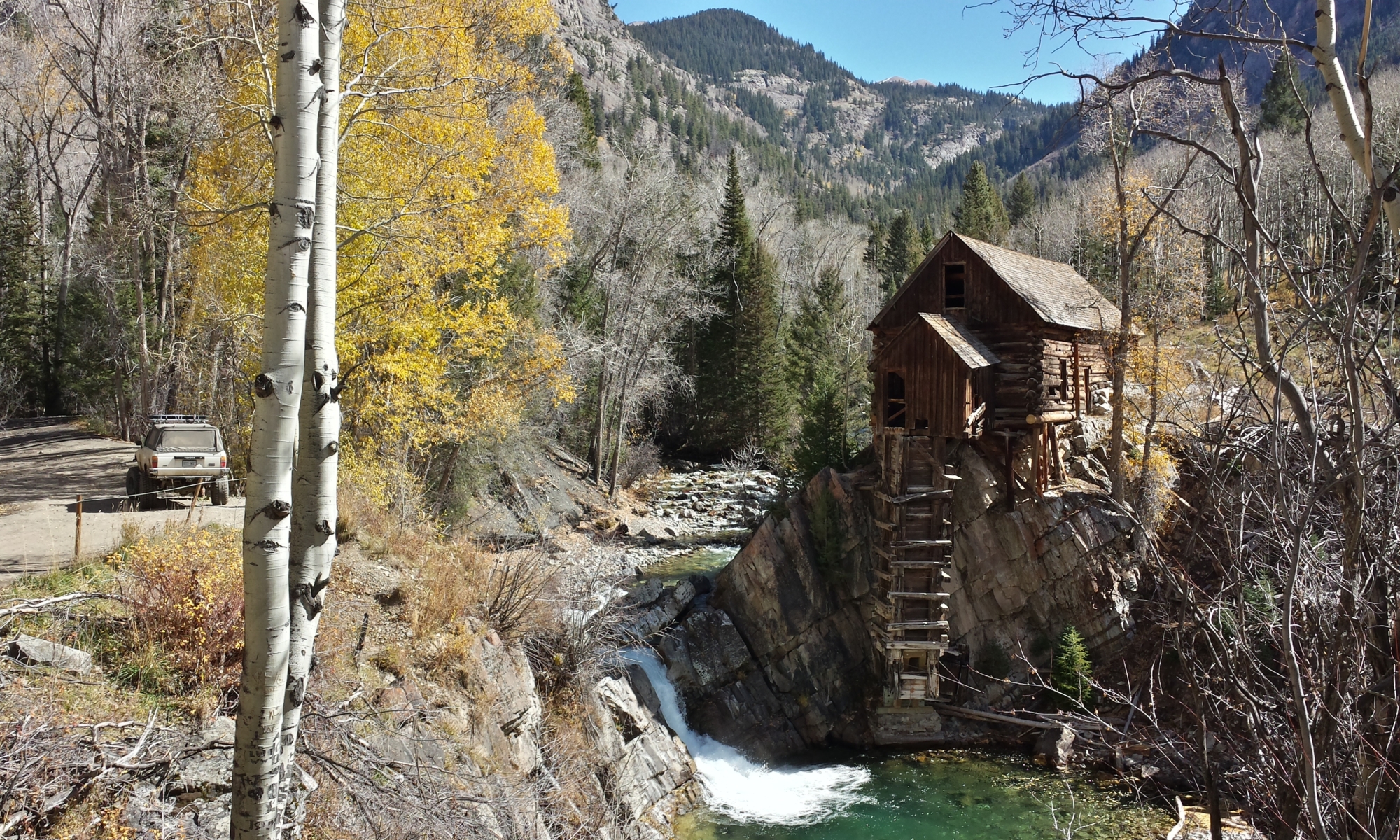At CITET we were shown around the various labs and facilities at CITET’s disposal. We also were treated to a short presentation of CITET’s activities. It was particularly interesting to see the disproportionate number of women working in the labs and administration of CITET. I wonder if CITET has particularly progressive hiring practices or is mandated to hire a certain percentage of women to be shown off as a trophy agency that demonstrates the parity between men and women. More than likely the second is true. However, I will continue to believe the first.
The most interesting part of CITET for me was the five different demonstrations of sustainable and renewable technologies. Among them there was one to treat waste water, another to treat the byproduct of olive oil production, another to generate electricity from biogas created from vegetable market waste, two windmills and a solar array to generate power, and others. The ones that caught my eye the most had moving parts and were shiny. As any good engineer knows, shininess counts!
CITET is a very interesting agency. It doesn’t have any regulatory or other such power. The agency isn’t designed to protect the environment. Rather, it helps industry comply with environmental regulations and laws, monitors the coastline for other agencies and ministries, and monitors industry for violations of laws. The general public never sees the direct effects of CITET. Instead, other agencies fine companies and close beaches. CITET is for science – not for bureaucracy. I wonder how independent CITET is from the rest of the government and outside influence. If they were to find a gross violation of the environmental law from a company such as GCT, would it be reported or would such findings be kept quite for one reason or another?
The possibility of working for such an agency is appealing, especially with its large pool of highly talented employees. I feel slightly inadequate in my knowledge base compared to the researchers and technicians at CITET. Would I actually make a difference for CITET and for Tunisia if I took an internship there? It’s hard to say. I think that it’d not be as good compared to GCT or another firm to learn Arabic at. It appears that most scientific work is done in French, not Arabic. I would be interested to see which is spoken and used more within CITET as compared with other internship prospects.
All in all, I’m impressed that Tunisia has taken such a forward thinking view on the environment compared to other North African countries. Indeed, other countries are even calling upon CITET to train their people in the ways of sustainability. Were it not for colonization attempts on the Magrib, maybe there wouldn’t have been a time where the communities in question went from sustainable to unsustainable. With the help of CITET, I think that the pendulum will swing the other direction to make Tunisia and all of the Magrib sustainable once more.



